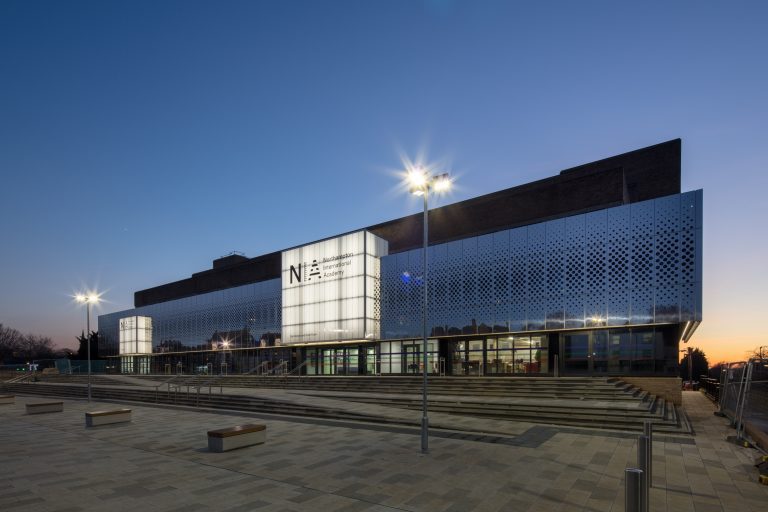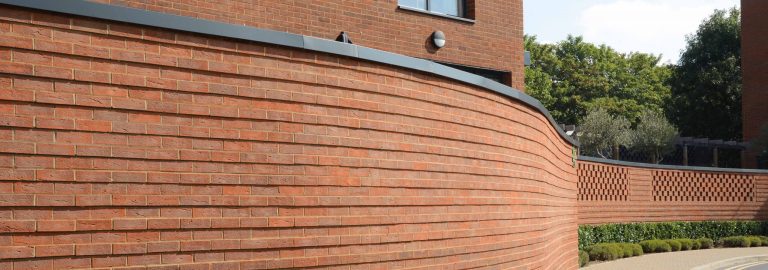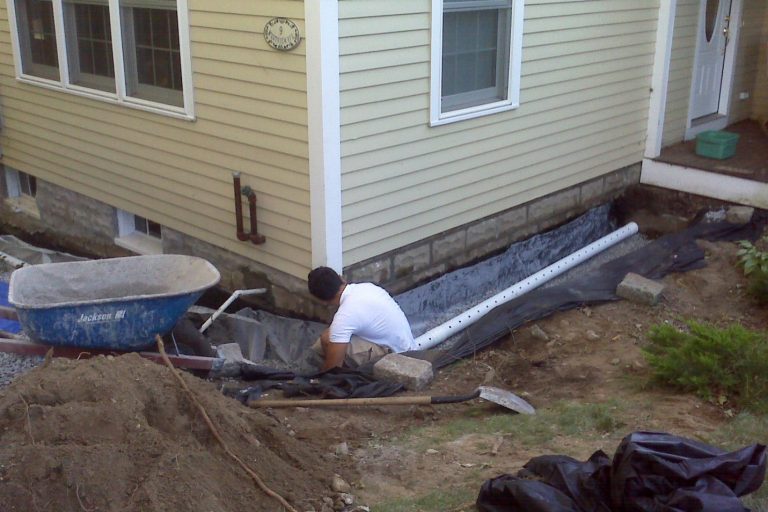Good forest management can both protect the environment and help meet the growing demand for timber from the building trade, argues Nigel Buckley-Ryan, Södra’s UK Sales Director, Merchants. As pressure on the world’s finite resources continues to intensify, timber suppliers face a growing problem: how do we meet the needs of consumers and protect our planet at the same time? In my view, good forest management is the main way to address these apparently conflicting needs. Some may think that trees simply grow on their own and that forests therefore don’t need to be carefully managed. However, innovative and responsible forest management can make a significant difference, both to the environment and to the quality and supply of timber. So, what should good forest management look like? Nurturing healthy saplings As you would expect, it starts at the beginning with the careful selection of the seedlings that, over the next 50-70 years, will grow to maturity, create your forest, and provide the reliable supply of timber on which your customers depend. At Södra, for example, the basis of our Falkenburg nursery (where 35 million saplings passed through last year) derives from some of the best quality trees in the world. The programme does not and has never used genetic modification in any way, but rather helps ensure that all desirable traits of these selected spruce are transferred to the seeds, and then to future trees. This helps produce higher quality trees and ultimately improves the overall quality of the end-product. Encouraging good root growth Saplings themselves should be planted in conditions that will ensure strong, healthy root growth. One way of doing this is to line the pots in which they are grown with copper. This prevents roots from spiralling downwards in a corkscrew shape. Instead, the roots spread out to the edges of the pot. This trait continues when they are finally planted in the forest, which makes them less susceptible to storm damage. Before this stage, once saplings reach a height of about 15cms, they should be trimmed and generally well looked after. Errant branches should be cut off to create a nice straight sapling, maximising its chances of growing into a strong, healthy tree. As they grow, saplings will continue to need careful nurturing to keep them healthy and pest-free. However, this shouldn’t mean resorting to chemicals. At Södra, for instance, we have developed our own chemical-free pest deterrent called Cambiguard. Healthy forests lead to quality timber supply Health forests mean health trees that grow for longer, benefiting the environment as they do by absorbing and locking away harmful carbon dioxide. And typically, longer growth results in bigger, stronger, better quality trees which, in turn, means higher yields of quality timber. Once saplings are ready to be planted out, good forest management involves planting them in a location that will offer sufficient light, water and nutrients for continued healthy growth. Responsible forest owners measure water tables regularly and make sure they have a good, up-to-date understanding of what their forest actually consists of. Modern technology can help here. For example, many of today’s foresters now use drones to view the forest. Amongst other things, this enables them to identify which areas need to be thinned and which areas will work well left as nature strips. The role of thinning and nature strips Thinning is an essential element of good forest management and consists of removing slower-growing or defective trees, so providing more space and sunlight for the remaining trees. The subsequent improved supply of soil nutrients, water and light results in bigger, healthier trees. Nature strips also play an important role in forest husbandry. These are areas of forest left untouched so that wildlife can flourish, which helps maintain a balanced forest ecosystem and contribute to the overall health of the forest. Conservation and increased production can go hand in hand In my view, a long-term, evidence-based approach is critical to successful forest management. At Södra our systematic approach over the last 20 years has led to both an increase in voluntarily protected areas with high conservation values and greater production. Over the next five years we’re going a step further and aiming to use our ongoing research and development to achieve a 20 per cent higher annual rate of forest growth while still meeting our sustainability targets. This ambition demonstrates that conservation and improved productivity can go hand-in-hand. Indeed, many forest owners find that, in time, less invasive forestry methods lead to forests with better growth and increased wood volume. This translates into the reliable supply that is so important for builders’ merchants and other timber buyers, particularly in the current climate of uncertainty around the outcome of Brexit. Care with harvesting As they mature, trees will continue to need monitoring to make sure they are still receiving an adequate supply of water, light and soil nutrients. Generally, it takes around 50-70 years for a tree to fully mature and reach its full height, and only once a tree has stopped absorbing harmful carbon dioxide (and locked it away forever), will it be harvested. As with the earlier stages of a tree’s life, good forest management can minimise negative environmental impacts at the harvesting stage. For example, it is important to protect the forest floor and reduce soil damage by constructing temporary roadways and laying down branches. It is also important to identify important habitats that should be preserved. The end results By managing forests in the careful, responsible way I have outlined forest owners can make a significant difference to the environment and, at the same time, provide a reliable supply of the sustainable and quality timber that’s increasingly in demand to meet today’s construction needs.









